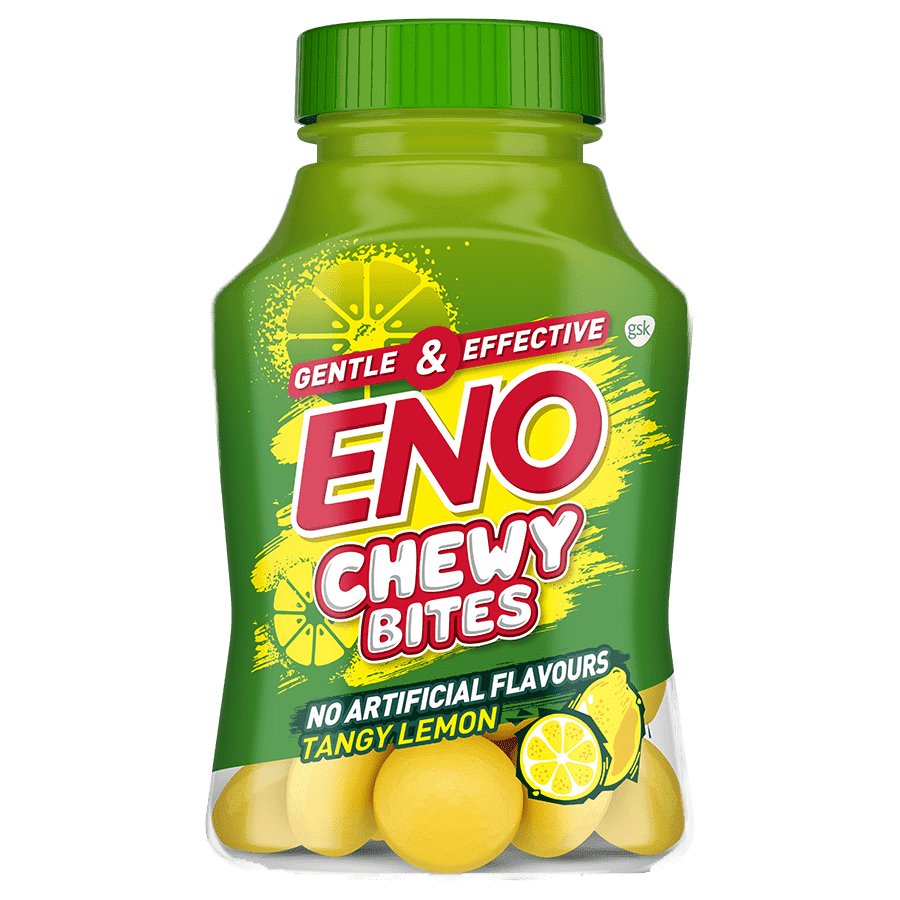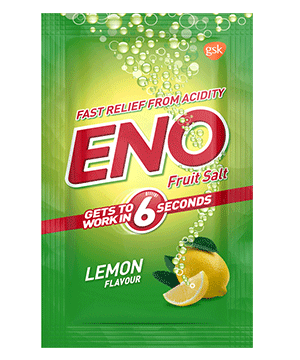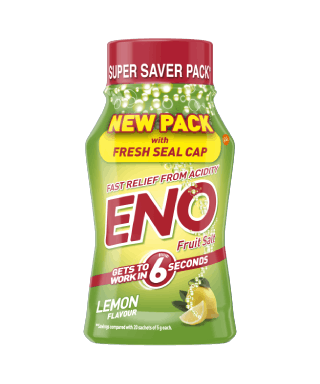Food Vs Acidity
What’s not to love about food? With so many cuisines and dishes available to choose from, and herbs, spices and other ingredients granting each one that unique taste and aroma, each meal can definitely be a culinary experience. It’s important to know though that when it comes to acidity, not all foods are made equal. We know that the last thing you’d want is for acidity to ruin what would be an enjoyable meal for you or your family, so we’ve put together some tips to help you better understand the food you eat.
How Your Diet Can
Lead To Acidity Symptoms
Our bodies get nutrients we need to live from digestion of the food that we eat. To digest the food, stomach acid is needed. Sometimes, the stomach produces too much acid or the sphincters (muscles) that help keep acid in the stomach can weaken.1 This leads to acid escaping from the stomach into the esophagus, causing acidity symptoms.1
Does The Food You
Love Cause Acidity?
Some of the popular foods we eat may contribute to acidity symptoms, especially oily or fatty foods and spicy foods.1–4 If you or anyone in your family suffers from symptoms of acidity it may help to reduce intake of these.

Desi ghee

Chilli pepper (mirch)

Fatty meats

Spicy curries

Cooking oils

Fried or deep-fried
foods
What Foods Are Good To Eat?
In the same way that some foods might contribute to acidity, others may help reduce its occurrence. Certain foods, particularly ones that are high in dietary fibre,5–7 aid digestion and therefore can help you and your family avoid acidity problems.

Rice8

Yoghurt (dahi)9

Apple9

Dates9

Lentils7

Chickpeas (channa or cholae)7

Kidney beans (rajma)7
A Healthy Recipe For You To Try
Now that you know which foods to eat more of and which foods to avoid for acidity, planning meals for you and your family should be easier. In fact to get you started, here’s a recipe for vegetarian chickpea sandwich that you can try – it’s a simple dish that you can prepare for your family to enjoy on almost any occasion!
Ingredients for patties
1½ cups chickpeas
1 stalk spring onions, finely chopped
½ cup corn and/or other vegetables of choice, finely chopped
½ tsp cumin, ground
½ tsp paprika
½ tsp cayenne pepper
¼ cup whole wheat flour or bread crumbs
Olive oil and salt to taste
Ingredients for sandwiches
Bread slices
Tomato, cut round
Lettuce, halved
Avocado, sliced
Mayonnaise
Cheddar cheese
Instructions
1. In a large bowl, combine all the ingredients for patties. Add olive oil and form into medium sized patties
2. Transfer patties to a pan and lightly fry until golden brown on each side
3. Slather 2 bread slices with mayonnaise
4. On one of the bread slices, place the chickpea patty and top with tomato, lettuce, avocado slices and cheese, then close with the other bread slice
5. If you have a panini maker: place the sandwich in it and grill it for 5 minutes till the bread turns golden brown
6. Otherwise, place the sandwich on a pan, grease lightly with butter and toast it till bottom slice turns golden brown. Flip and toast other side till golden brown
7. Serve warm
The beauty of preparing your own meals is the flexibility. For any recipe you can reduce the amount of ingredients you use or even substitute them entirely for healthier alternatives. This way, you’re still able to prepare that delicious meal without worrying about triggering acidity. Also, nothing beats the feeling of enjoying a home-cooked meal together as a family. To learn more about diets, you can always consult your dietician.
Eat Well And Be Your Best
There’s no reason to let acidity stop you or your family from enjoying food. Knowing which foods can potentially trigger heartburn lets you moderate your intake or pick healthier alternatives – a big step in avoiding an acidity episode.
Of course, acidity can still occur from time to time. Should you, your partner or your children (over 12 years of age) find symptoms like heartburn interfering with a delicious meal, you may consider using an antacid that is gentle on you but tough on acidity. This helps neutralise the acid in the stomach, letting you and your family get back to enjoying their meal quickly.3
If an antacid isn’t enough to control your symptoms, or if your symptoms worry you, do consult your doctor for medical advice.











